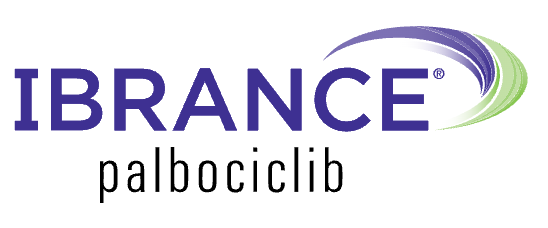
B-cell Acute lymphoblastic leukemia (B-cell ALL) is an aggressive type of blood cancer and is very common in both adults and children. Chemotherapy is the standard of treatment and often leads to remission but many patients relapse. Immunotherapy agents have shown some promise as a post-remission treatment to reduce the risk of relapse.
A trial conducted by the NCI-supported ECOG-ACRIN Cancer Research Group suggests combining Blincyto (blinatumomab) with chemotherapy has an expanded role in treating acute lymphoblastic leukemia (ALL) in patients who are in remission even if there is no trace left of their disease.
Blinatumomab is an immunotherapy agent which is a bispecific T-cell engager (BiTE). It binds to T cells and cancer cells, enabling T cells to destroy the cancer cells by bringing them closer. Intravenous administration of Blincyto has shown to be more effective.
- People whose cancer was in remission were treated with adding Blincyto to their chemotherapy lived longer in comparison to those who were treated with chemotherapy alone.
- Results were presented as a standard of care for patients who were MRD (Minimal residual disease) negative after their initial or first-line treatment at the annual meeting of the American Society of Hematology (ASH) in New Orleans.
- After 3.5 years of post-remission therapy, 83% of patients treated with Blincyto as an added treatment to their chemotherapy were still alive as compared to 65% of patients who were treated with chemotherapy alone.
- The finding suggests that the addition of an immunotherapy component like Blincyto can successfully eradicate even if very low traces of the disease are present that are accountable for relapse.
- In addition to the overall survival of the patients adding Blincyto to chemotherapy also improved how long patients lived without their disease relapsed compared to those treated with chemotherapy alone.
- Also, no unexpected adverse events were being reported in patients who received Blincyto. Some of the common side effects were headaches, tremors, chills, fever, infusion-related reactions, and infections.
It is yet to be explored whether Blincyto can be combined with other targeted therapies for a better outcome in people with ALL. One small trial suggested Blincyto combined with Inotuzumab (Besponsa) in patients with newly diagnosed B-cell ALL.


